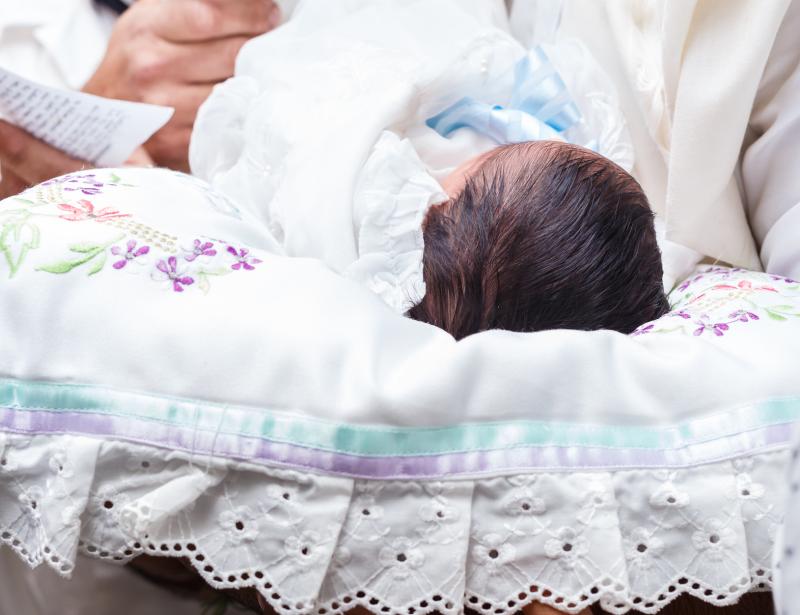 Circumcision has been a controversial issue debated in many countries
Circumcision has been a controversial issue debated in many countriesOver-the-counter hydrocortisone does not perform worse than triamcinolone for grade 4–5 phimosis, a recent study has found.
Researchers randomly assigned boys aged 3–13 years with phimosis to receive either 0.1% triamcinolone (n=19; mean age, 6.6±2.1 years) or 1% hydrocortisone (n=13; mean age, 5.9±2.5 years). Evaluations were performed at weeks 4, 8 and 12, and treatment success was defined as reaching disease grade ≤2 after 12 weeks of treatment. Only those with grade 3–4 condition at baseline were eligible for inclusion.
In the hydrocortisone group, 30.8 percent (n=4) were successfully treated by week 4. Over the same time span, 31.6 percent (n=6) of the triamcinolone group had been successfully treated. The corresponding rates in either group increased to 53.8 percent and 52.6 percent by week 8 and 61.5 percent and 68.4 percent by week 12.
Between-group differences in success rates failed to reach statistical significance at any time point (week 4: p=0.99; week 8: p=0.99; week 12: p=0.72). The same was true for adherence.
Similarly, patient age (p=0.16) and a prior history of balanitis had no significant effects on the likelihood of treatment success. Having grade 4 or 5 phimosis at baseline was similarly unrelated to the odds of successful treatment (p=0.27).
No adverse events were reported.
The present study shows that topical corticosteroids remain effective for the treatment for phimosis, and that there appears to be no significant relative superiority of one over others. Treatment duration, on the other hand, seems to be a more important factor, such that prolonged topical exposure may lead to greater chances of success, said researchers.